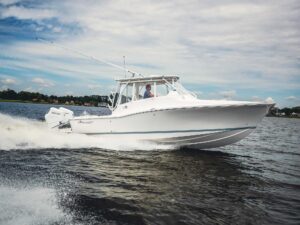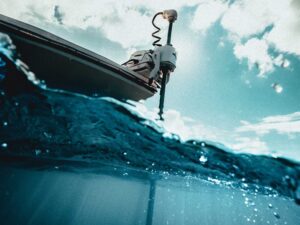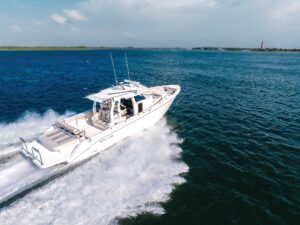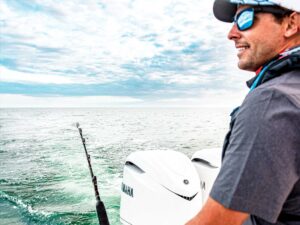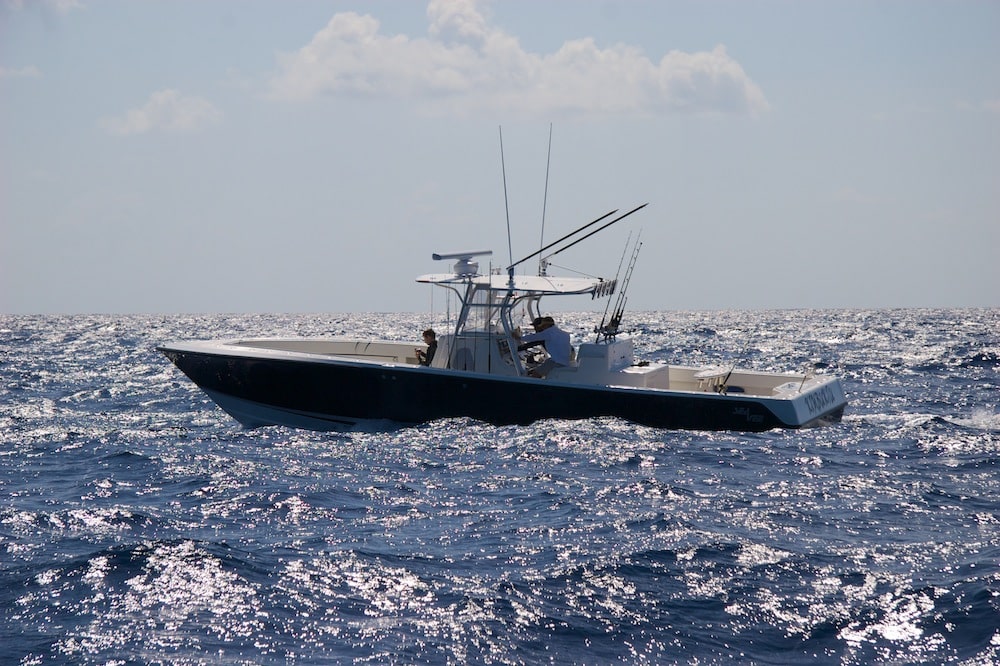
Most modern sport-fishing boats offer plenty of fuel capacity for a day of fishing. Yet on occasion, you might need more, particularly if you plan on multiday trips to distant, remote areas such the Dry Tortugas west of the Florida Keys, the uninhabited islands of the Bahamas or down the Pacific coast of Baja California.
Fortunately, a number of products lets you safely add auxiliary fuel capacity and more fishing range. The operative word is “safely,” particularly when it comes to the highly flammable nature of gasoline. Never store fuel in anything other than containers designed for such purposes, and never stow gasoline containers in a cabin or bilge where a leak or vented fumes might lead to a catastrophic explosion or fire.
Also, be careful about adding and placing the weight of extra fuel in your boat. Remember that gas weighs 6.1 pounds per gallon, while diesel displaces 7.1 pounds for every gallon, and a large, full fuel cell can shift a boat’s center of gravity, and affect a boat’s performance and seakeeping ability.
Let’s look at some ways to carry more fuel, without tearing your boat apart to install larger tanks, when you want to extend your fishing range.
Fuel Containers
A plethora of manufacturers offer fuel containers that you can load aboard your boat. These vary in volume, but six gallons is about the most you can easily lift. A red container indicates compatibility with gasoline, while yellow is for diesel.
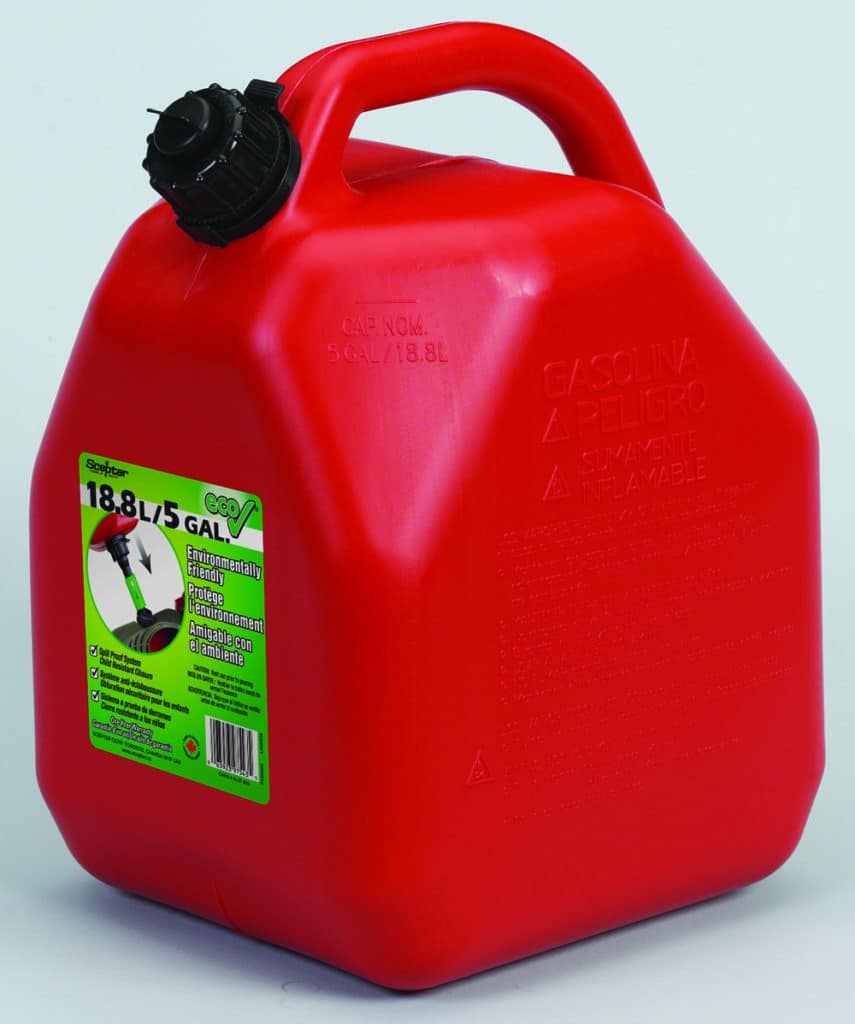
I like low-profile plastic cans such as the five-gallon Square Jerry ECO Fuel Container from Scepter. The lower-profile design is more stable in rough seas than a traditional, relatively tall jerry can, and plastic is less likely to scratch the deck than metal. Tie down the containers securely in an open area of the boat such as the aft cockpit or swim platform. Allowing them to slide around on deck can lead to a ruptured container, and flammable fuel sloshing onto the deck and possibly leaking below.
Use the cans to pour fuel into the main tank as soon you have run down the tank enough to make room for extra fuel. This gets the gas or diesel off the deck as quickly as possible. In sloppy conditions, I like to turn the boat down-sea when pouring fuel, as it makes for a smoother ride, and the wind direction keeps fumes from accumulating in the aft cockpit. Make sure smokers refrain during the transfer process.
Once the cans are empty, they become light enough to secure elsewhere, such as on the hardtop. Even empty gasoline containers usually have residual fumes, so avoid stowing them in an enclosed space.
Portable Tanks
Since portable tanks offer plumbing to tie into a boat’s fuel-delivery line, you don’t have to lift them to pour fuel into the main tank. That means you can carry a greater volume in a single container.
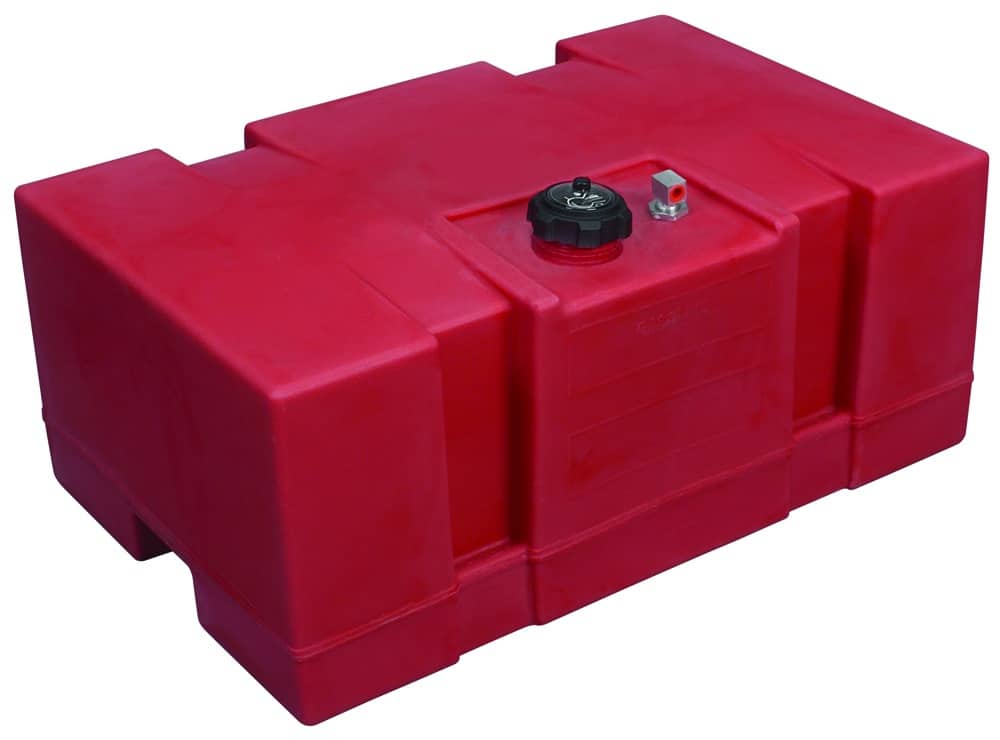
The Moeller 8978397 above-deck plastic fuel tank, for example, holds 24 gallons. This U.S. Coast Guard-compliant remote tank measures 32 inches long by 20 inches wide by 14 inches tall. As mentioned, plastic tanks are easier on the deck and gelcoat finishes than steel tanks, plus plastic does not corrode.
While remotely plumbed tanks are ill suited to the complexities of marine diesel-fuel-delivery systems (which have return lines), the portable tanks can be easily adapted to most gasoline systems. One way to simplify transfer is to install a two-way fuel valve in your boat’s fuel line that allows you to draw gas from either the main tank or a remote tank.
You can also use a quick-connect fitting to switch back and forth, but these can restrict fuel flow, and so are not recommended for large engines or multi-engine setups.
As with gas cans, avoid stowing portable tanks in an enclosed space, especially when you are drawing fuel and have the vent open on the cap. Secure them on the aft deck or on a swim platform. Tie-down accessories are available to keep portable tanks from sliding about.
A critical safety note here: When filling a plastic tank or can, place it on pavement or a concrete fuel dock. Leaving it in the boat (or in the back of pickup truck with a plastic liner) while fueling can lead to a buildup of static electricity that may discharge and ignite the fumes while fueling. Not a pleasant thought.
Fuel Bladders
Lightweight, flexible, puncture-resistant marine fuel bladders offer capacities that far exceed those of cans or portable tanks. When you want to substantially extend your range, fuel bladders are the best choice for adding auxiliary fuel.
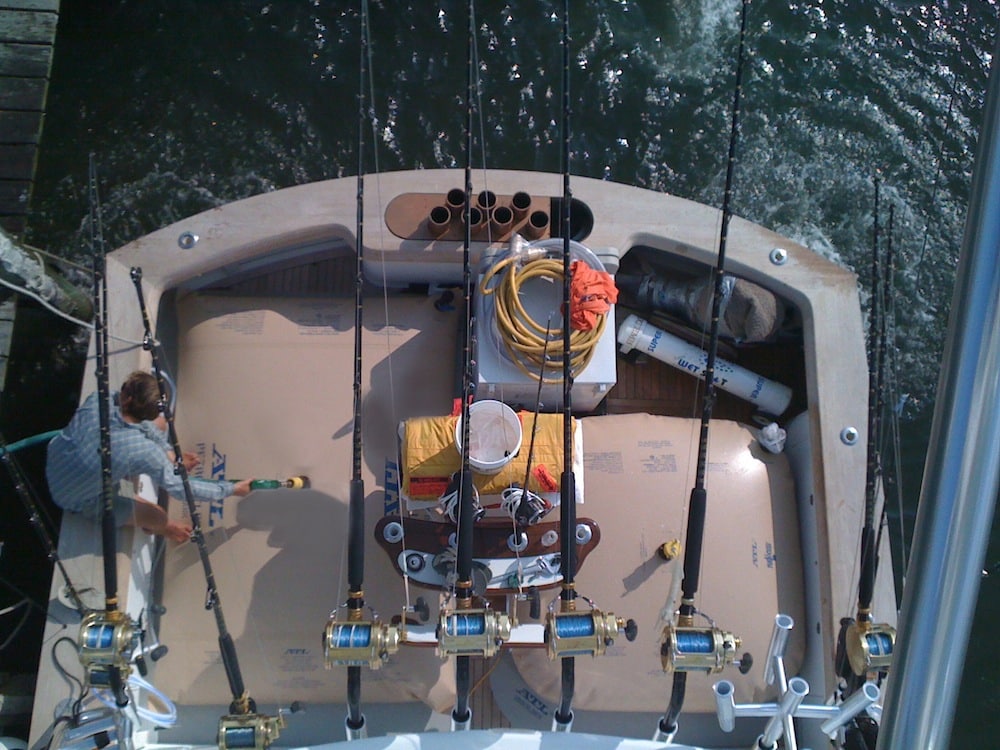
Marine Fuel Cells
I like the Petro-Flex line of pillow-style fuel bladders from Aero Tec Laboratories (ATL). These are available in volumes ranging from 25 to 500 gallons. ATL’s FueLocker line of spacing-saving, higher-profile bladders range from 50 gallons to 500 gallons.
Both styles are suitable for either gasoline or diesel, and are designed to be secured on deck with tie-down accessories. When empty, they roll up for storage in compact tote bags.
Bladders have standpipes on top for filling, a process that must take place inside the boat because a full cell can be very heavy and unwieldy. Consequently, it is critical to attach a ground wire to a metal component on the bladder, and connect it to a grounded onboard component such as the fuel-fill for the main tank to prevent the buildup of static electricity while fueling.
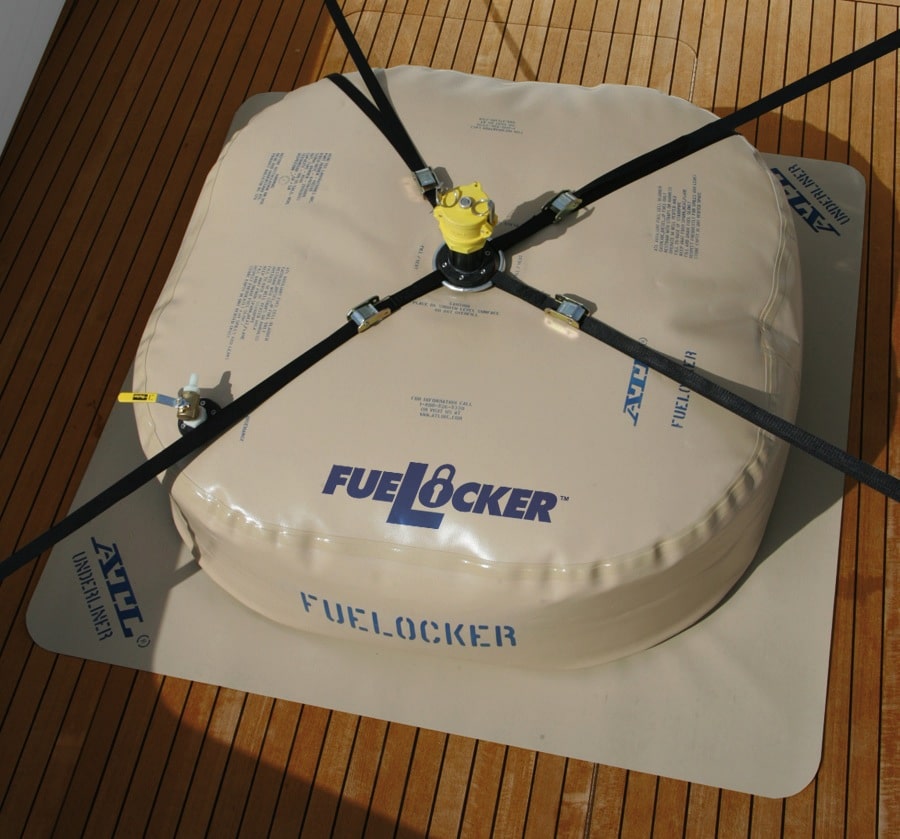
Fuel Bladders
With ATL bladders, there is a fuel outlet with a ball valve and a hose barb that allows you to attach a fuel-supply hose. To transfer fuel, I prefer to feed the fuel-supply hose into the fill-fitting for the main tank, open the ball valve, then initiate fuel flow by applying foot pressure to the flexible bladder. With the bladder on deck, the main tank below and a vent on the standpipe, siphoning action does the rest, even if the deck fill is above the bladder. As with any fuel transfer, I try to do it in an anchorage or at least in calm seas.
Fishing distant and remote waters ranks as one of the greatest adventures a boater can experience. These ideas for temporarily boosting fuel capacity will help you realize that dream.

